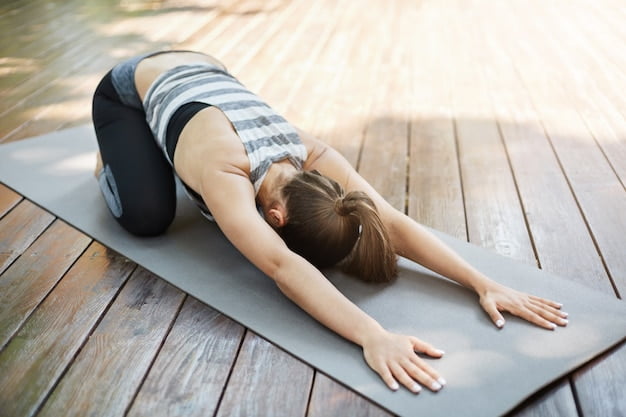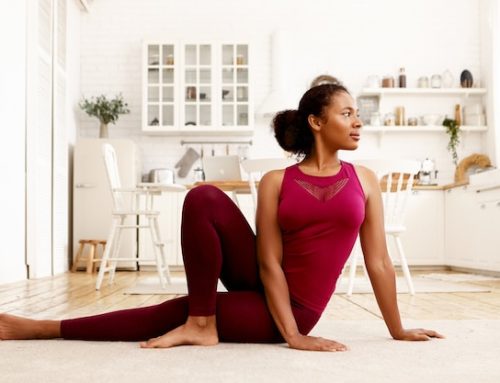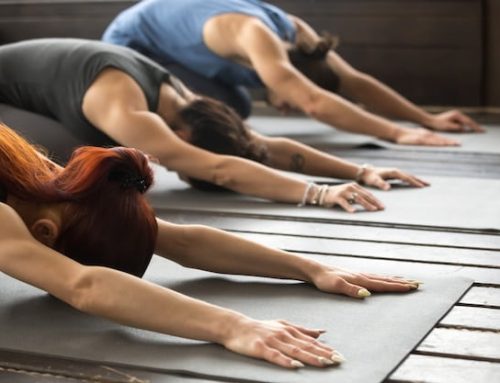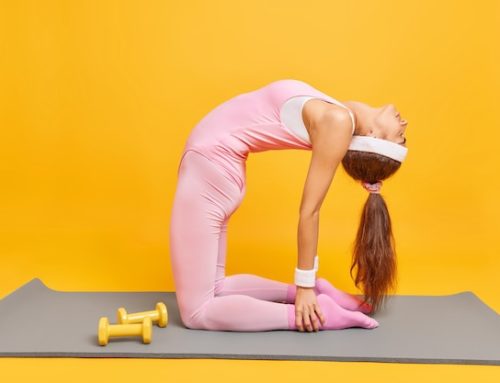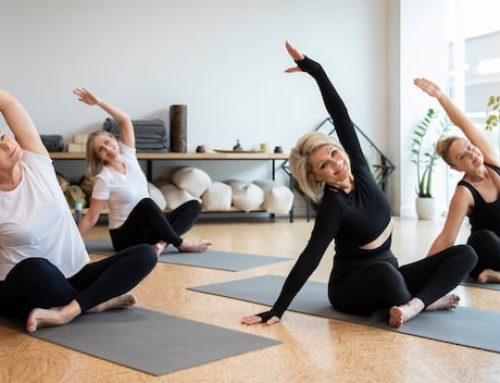The Most Flexible Body Type: Is It All in the Genes?
If you’ve ever taken a yoga class or played a sport that involves stretching like gymnastics or dance, you may have wondered if some people are just naturally more flexible than others. And the answer is yes, genetics plays a big role in how flexible you are. However, it’s not just about your genes – body type also plays a role. In this article, we’ll explore which body type is the most flexible and how you can improve your flexibility, no matter what your body type is.
What Are the Three Body Types?
There are three basic body types: endomorph, mesomorph, and ectomorph. Endomorphs have a naturally higher body fat percentage, mesomorphs have a naturally muscular build, and ectomorphs have a naturally lean build. Of course, people can vary within these categories and there are many factors that influence body type, including age, gender, and lifestyle.
Which Body Type Is the Most Flexible?
Flexibility is influenced by a combination of factors, including genetics, training, age, gender, and individual biomechanics. When referring to “body type,” one might consider somatotypes, a classification system that divides individuals into three primary categories: ectomorph, mesomorph, and endomorph.
- Ectomorph: Typically characterized by a slender build, long limbs, and low body fat. They may have longer muscles and tendons, which can potentially provide a wider range of motion in some joints.
- Mesomorph: Generally have a more muscular and athletic build with well-defined muscles. They might have a balanced musculature which can be trained for flexibility, but their inherent flexibility isn’t necessarily higher than other types.
- Endomorph: Tend to have a rounder or softer body with higher levels of body fat. This body type might have more adipose tissue around joints, which can limit the range of motion in some cases.
However, it’s crucial to understand that somatotypes are a somewhat outdated and oversimplified way to categorize body types. People are rarely just one type but rather a combination of these categories.
Moreover, flexibility is not primarily determined by somatotype. An individual’s flexibility is more influenced by their training history (e.g., dancers, gymnasts, and yoga practitioners tend to be more flexible due to their specific training), genetics, and other factors like age and injury history.
In essence, while certain body structures might lend themselves to potential advantages in flexibility, it’s not accurate or productive to generalize that one body type is the “most flexible.” Flexibility can be developed and improved upon with consistent training and stretching regardless of one’s inherent body type.
How Can You Improve Your Flexibility?
Whether you’re an ectomorph, endomorph, or mesomorph, there are ways to improve your flexibility. Here are some tips:
| Tip | Description |
|---|---|
| Start Slow | Don’t push yourself too hard, especially if you’re new to stretching. |
| Stretch Warm Muscles | Stretch after a warm-up or after exercise, when your muscles are already warm. |
| Breathe Deeply | Take deep breaths while stretching to help your body relax and release tension. |
| Stretch Regularly | Stretch at least three to four times a week to see results. |
| Listen to Your Body | Don’t force your body into any positions that cause pain or discomfort. |
What Are Some Common Flexibility Myths?
There are many myths surrounding flexibility. Here are some of the most common ones:
| Myth | Reality |
|---|---|
| You Have to Be Born Flexible | While genetics play a role, anyone can improve their flexibility through regular practice. |
| Stretching Before Exercise Prevents Injury | Research has shown that stretching before exercise may actually increase the risk of injury. Instead, warm up with light cardio and save stretching for after your workout. |
| Stretching Makes You Weak | Stretching can actually improve strength by improving range of motion and reducing the risk of injury. |
What Are Some Popular Stretching Techniques?
There are many different stretching techniques, including static stretching, dynamic stretching, PNF stretching, and foam rolling. Here’s a brief overview of each:
| Technique | Description |
|---|---|
| Static Stretching | Holding a stretch for an extended period of time, usually 30 seconds to 2 minutes. |
| Dynamic Stretching | Moving through a range of motion, usually 10-15 reps per movement. |
| PNF Stretching | Partner-assisted stretching that involves contracting and relaxing muscles while in a stretch. |
| Foam Rolling | Using a foam roller to apply pressure to tight muscles and fascia, similar to a massage. |
Conclusion
In conclusion, genetics and body type do play a role in how flexible you are, but anyone can improve their flexibility with regular practice. Remember to start slow, stretch warm muscles, breathe deeply, stretch regularly, listen to your body, and don’t believe common flexibility myths. With these tips and techniques in mind, you can improve your flexibility and feel more confident in your body’s abilities.
